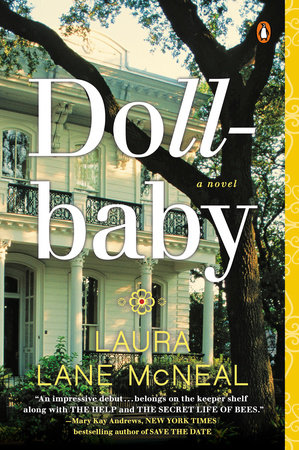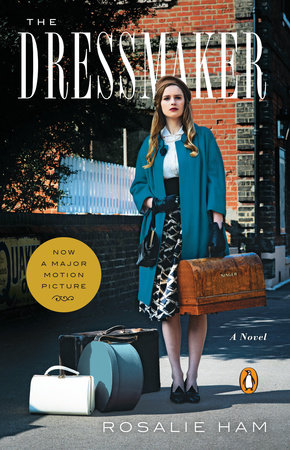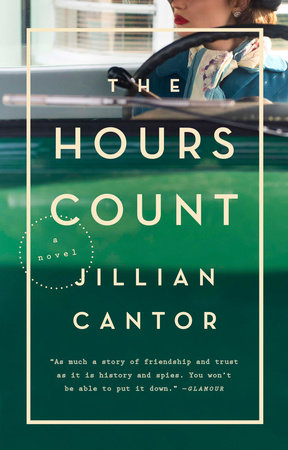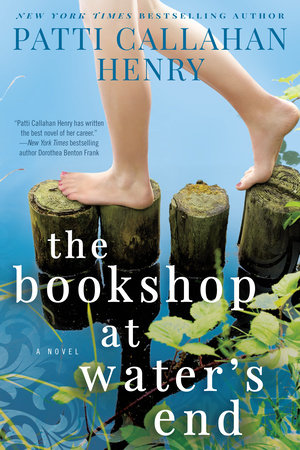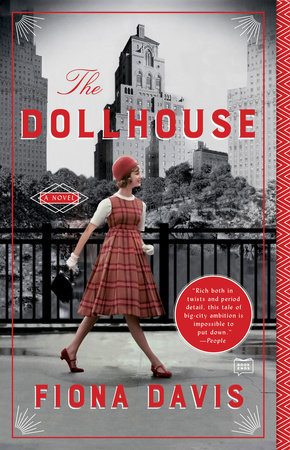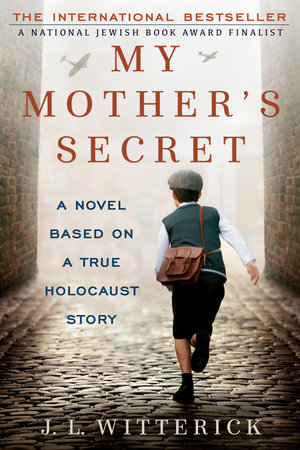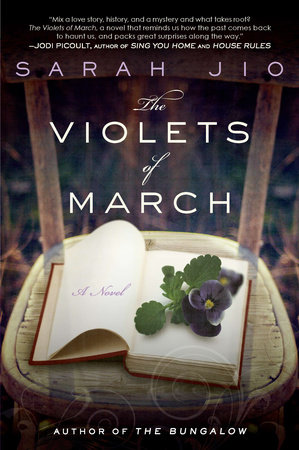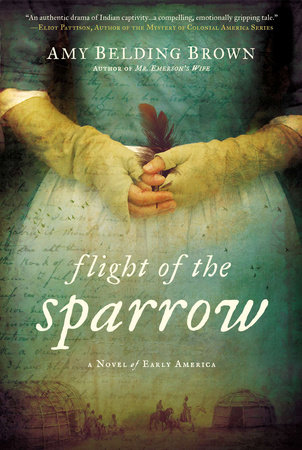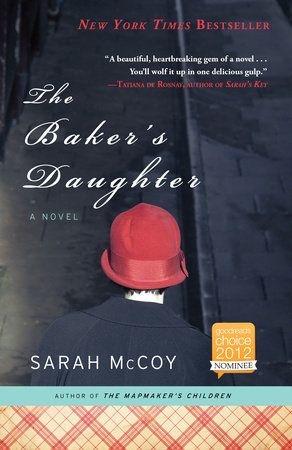1. You’ve set your first novel in your hometown of New Orleans. What role does the city play in this particular story? What were some of the challenges of writing about a place you know so well?
New Orleans is as much a character in the story as any other. It is truly a living, breathing entity, the kind of place that lives within you. New Orleans tugs at your soul—the way the Spanish Moss dangles from the thousand-year-old live oak trees, the feel of the old buildings, the clang of the streetcar, the Roman Candy man driving his mule-driven cart down St. Charles Avenue, the ear-splitting calliope screaming from the riverboats, the street musicians that pop up from nowhere, the wafting aroma of red beans being cooked all day on the stove. Even the smell of the air—there’s something different about it. Not a day goes by that New Orleans doesn’t dance, whether it’s a parade, a festival or a second line to a funeral. It’s one of the reasons people sometimes refer to New Orleans as “the city that care forgot.” Here, people from all walks of life live in close proximity, creating a shared culture that is unique to the city, a sort of commonality that exists regardless of race or background, a diversity that goes beyond skin color or place of birth. Dollbaby lends a glimpse of what it was like to live in such a culture, one I wanted to the world to discover. From the beginning, it was clear that I had to introduce a character who knew nothing of the city, one who would discover these cultural differences from a fresh perspective, including the experience of interacting with people of different races and ethnicities for the first time.
2. Dollbaby is an historical novel, taking place from 1964 to 1972. What sort of research did you do in the process of writing it? What were some of the most interesting facts you discovered along the way?
I researched the novel for about two years before I actually sat down to write it. Even though I considered myself fairly knowledgeable about the history and customs of the city, the novel had a historical perspective tracing back to the 1920s. I learned many things, such as how sugarcane was harvested a hundred years ago, that there were separate streetcars marked with yellow stars for colored folks back in the early part of the twentieth century, that it was bad luck to buy a broom in August, and that there were widely diverse views on civil rights. I re-read classics from authors as diverse as Kate Chopin, Eudora Welty, William Faulkner, Truman Capote, Zora Neale Hurston, Richard Wright, Toni Morrison, and Harper Lee. I read anthologies of Southern folklore and oral histories, including the fascinating one compiled by Susan Tucker, Telling Memories Among Southern Women.. Finally, I delved into the civil rights movement, gaining insight from books such as Voices in Our Blood: America’s Best on the Civil Rights Movement, edited by Jon Meacham.
The most valuable resource, however, proved to be the newspaper archives at the New Orleans Library. I read both the dailies, as well as the black weeklies. From these, I was able to cull not only the style and pulse of the decade, but the social and political events of the time.
In the end, I found I was on a journey of perpetual discovery, one I hope I’ve captured for my readers so that they may find joy in that discovery as well.
3. As the author, how did you determine how real life events such as the civil rights movement might intersect with your fictional narrative?
To be honest, I was unaware of the extent to which the civil rights movement gripped the city, and the nation, until I started reading the newspapers from the 1960s. The very first paper I happened upon was dated July 1, 1964, the front page headline announcing LBJ’s commitment to signing the Civil Rights Act. Below the article, there was an ad taken out by close to fifty concerned citizens, asking for the people of New Orleans to remain calm and obey the new law. Among those names was my father’s. Suddenly, there was a personal perspective to the story, and it became clear that the civil rights movement, and the way it affected the city, was to become an integral part of Dollbaby.
I wove various events I found in the paper into the novel, such as the plight of the freedom riders, the lunch counter protests, the encounter at the swimming pool, the extra vigilance the police took in the days surrounding the signing of the Civil Rights Act (which is why Lt. Kennedy is so curious about Ibby’s black eye at the snowball stand the next day when he sees her with Birdelia), the closing of Lincoln Beach (the all-black beach), the closing of the Audubon Park swimming pool to avoid integration, and the war protests at Tulane. These real-life events gave the novel an added, poignant layer.
4. There are two points of view in the novel—Ibby and Dollbaby’s. In your view, whose story is this, and why?
I felt both character’s perspectives were vital to the story. Ibby’s voice lends the eyes of a young impressionable girl who is just beginning to question the world around her—a new world she doesn’t quite understand. When Dollbaby takes Ibby under her wing and explains the ways of the South, she reveals her own inner turmoil, her struggle to embrace the ramifications of the changing times. In this way, their stories were able to overlap, intertwine, and ultimately resolve themselves.
Whose story is it? I named the novel Dollbaby because it tells the story of Dollbaby. Her very existence touched each character’s life in a different way, so in a sense, she is the common thread. Having said that, Dollbaby allows each of the other characters to have their own story. While it is certainly a coming of age story regarding Ibby, it’s really a novel of discovery. Each character is on her own quest to find out who she is, and how she fits into this world. It’s a question everyone asks at some point in life. What does life, and ultimately death, mean?
5. The voices of your characters are very distinct. What was your process for capturing the way Dollbaby, Queenie, and Fannie talk?
I’m a good listener, for one. But the cadence has changed over the last fifty years, which is one of the things I tried to capture in the novel. I remember the way my grandmother spoke, in a sort of old-fashioned drawl you don’t run across too often anymore.
New Orleans has a distinctive local dialect. It’s not your typical Southern accent. Why? It’s likely a result of two things—the city’s geographic isolation from the rest of the region by water, and because New Orleans was a major immigration port throughout the 19th century. Many of the ethnic groups that settled here—the Irish, German, Italian (particularly Sicilian), as well as a sizable Jewish contingency, are the same ethnic groups that settled in Brooklyn. We also have the Creoles, the descendants of the original French and Spanish settlers, and the Cajuns, who live mostly around the Lafayette area, but you can still find that French-tinged accent in New Orleans. Finally, New Orleans is a predominantly black city, with people hailing from Africa, Haiti, and the Caribbean, who brought their own distinct dialects to the city. Mingled together, the result is a true melting pot of voices that are distinct to the city. I tried to capture these voices in an authentic way.
6. Fannie is such an unpredictable character, always revealing new emotional layers. What aspects of her surprised you as you wrote the book?
Fannie flees her life of poverty as a cane cutter, so determined to get away that she has no idea where she’s going, or what she’ll do when she gets there. She only knows one thing—she’ll do anything to escape her mother’s fate of being buried in the woods like an animal. She ends up in New Orleans. Over time, Fannie does indeed have many layers that reveal themselves, while others remain hidden forever. It is up to the reader to discover those, just as I did when I was writing her character.
7. The narrative occasionally reverts to cinematic-style flashback scenes that are triggered by storytelling. How did you come to structure the story in this way?
Southerners are natural born storytellers, keepers of their own oral histories. So when I structured the novel, I used flashbacks to make the memories more vivid, not just for the reader, but as a way for Ibby to gain a perspective, a new understanding, of either the character, or the situation.
8. Fannie seems to struggle with mental health issues but it’s not always clear if it’s pathology or the tragic circumstances of her life that ail her. Can you talk about your decision to leave this ambiguous?
Fannie’s issues may be psychological at times, but they were most certainly triggered by the tragic circumstances of her life. She suffers a nervous breakdown after Balfour’s accident, and from then on, her mental state is tenuous at best. I left her malady vague for several reasons. First, back in the early sixties, mental health wasn’t scrutinized or characterized the way it is today. You could be committed to an asylum for any number of reasons, from serious to mundane. Second, certain people visited the local mental institution on a regular basis. The practice was so common, in fact, that you learned not to bother asking why they were being committed, and if you did, you were given a vague response, such as “she just needs to rest for a while.” There didn’t appear to be a stigma attached to these visits. They seemed to serve as an outlet for people who needed to escape from the world for a time.
9. In an especially moving scene, Dollbaby tells Ibby that there’s no such thing as a “normal life.” What does this idea mean to you as an author?
What is normal anyway? After Hurricane Katrina, when we were struggling to adjust to the aftermath, we referred to our precarious way of life as the “new normal.” In reality, it wasn’t normal at all, living on the second floor of a gutted home with no street lights, no mail service, and limited resources, but it was the way we were forced to live. You learned to adjust. So to me, normal is a relative term. On a more universal note, the question of what’s normal is one we all ask ourselves at some point in our lives as we grasp for our own identities—who am I and where do I fit in this world? For Ibby, as with most adolescents, it’s a time-honored dilemma. For many folks, the yearning to fit in extends well into adulthood. It’s an issue that every character in the novel struggles with.
10. What are you working on now? Will we see more of these characters in the future?
Initially, I intended to do a prequel to Dollbaby, delving into Queenie and Fannie’s early lives. That idea is still floating around and I would love to do it if readers are interested. At the moment, however, I’ve been researching a novel that starts the day of the Great Mississippi Flood in 1927. Set on an old River Road plantation during the Great Depression, I think of it as a cross between Downton Abbey and Gone With the Wind some sixty years later.
